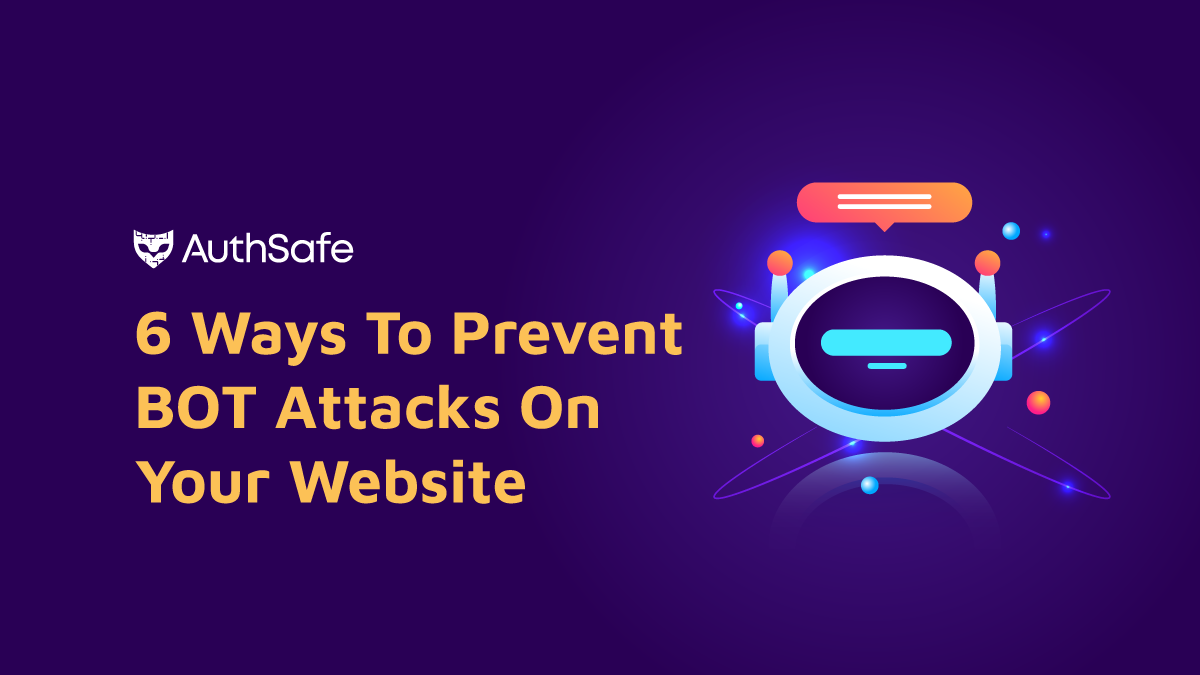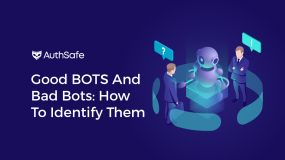
As a business owner, you want your website to be secure, accessible, and easy to use for all your customers. But, with the increasing number of bot attacks on websites, it’s becoming increasingly difficult to keep your website safe. A bot attack can cripple your website and affect your bottom line, so it’s essential to take steps to prevent them. In this blog post, we’re going to share six effective ways to prevent bot attacks on your website. We’ve done the research and found the most practical and effective solutions to keep your website secure. From installing security software to using CAPTCHA, we’ll show you how to keep your website safe from bot attacks. So, get ready to take some notes and take control of your website security. With these tips, you’ll be able to keep your website safe and secure, so you can focus on what you do best – running your business.
Impact of Bot attack on Website
Bot attacks are a serious issue for website owners, as they can cripple your website, slow down your server, and steal sensitive information. These malicious bots can automate many different types of attacks, from spamming your site with fake comments to scraping sensitive information from your forms.
So, how do you defend against these bot attacks? The first step is to understand the types of bots that are most likely to target your site. Then, you can implement various security measures, such as to stop the bots in their tracks. So, let’s get started.
1. Monitor Your Site’s Traffic
When a bot attacks your website, you’ll first notice an influx of users and a spike in traffic. This doesn’t mean that all those users are human – it just means they’re not real. In fact, bad bots account for nearly 29% of that traffic.
To prevent this from happening, monitor your site’s traffic to ensure it’s human-driven; if it is, great! If not, you can act accordingly and block or ban any bots trying to access your site.
You can collect this information using a tool like Site Explorer or SEM Rush, which allows you to see detailed information about where your traffic comes from and what keywords they use when searching for your website.
2. Use Honeypots
Honeypots are a great way to ensure you don’t get attacked by bots.
You can set up a fake form that’s meant to look like your website but which will have no real information in it. Then, when the bot tries to fill out that form, it’ll get caught and won’t be able to do anything else on your site.
Set up honeypots on every page of your site so you can catch any bots trying to access them before they can cause real harm to your website or its users!
3. Use a “CAPTCHA” System
A CAPTCHA is a challenge-response test that websites can use to ensure that users are not robots. It’s a way to check if the visitor trying to gain access to your website is human. If you have seen those squiggly lines you must type into before completing your order; then you know what a CAPTCHA looks like.
The most common form of CAPTCHA involves asking you to type in the letters and numbers you see on the image. However, this can be difficult for people with visual impairments.
A better option is to use an “image-based” CAPTCHA, which requires finding specific objects in an image. For example, if you used an image-based CAPTCHA for comments on your blog post, you could ask users to find the cat in the image.
4. Block Dynamic IP Addresses
Dynamic IP addresses are a popular way for hackers to hide their identities. Dynamic IP addresses are assigned by the Internet service provider (ISP) and may change over time, which makes it hard to identify the source of an attack.
With a static IP address, you can always block unwanted traffic from the same IP address, but it’s not so easy with dynamic IPs. To prevent BOT attacks from these sources, you need to use an advanced firewall that can recognize the difference between a real person visiting your site and an automated script trying to do damage.
5. Web Application Firewall
Web Application Firewall (WAF) by SecureLayer7 is a security tool that protects against common web attacks such as SQL injection, Cross-Site Scripting (XSS), and other HTTP-level attacks. It is one of the most effective ways to protect your website from BOT Attacks.
A WAF analyzes incoming traffic to your website and blocks anything it recognizes as potentially malicious. It also monitors the behavior of visitors to your site, identifying suspicious activity such as brute force password cracking attempts or repeated failed login attempts by a single user.
If visitors exhibit unusual behavior, the WAF will block them from accessing any part of your site.
6. Implement a Rate Limit
A rate limit is a way to control the number of requests your website receives from one IP address. This is to prevent BOTs from taking advantage of your website by sending too many requests at once.
Often, BOT attacks will use many IP addresses to make their attack seem more legitimate and evade detection. By implementing a rate limit, you can ensure that only one IP address can send one request at a time, which will help stop these attacks.
To conclude,
Preventing BOT Attacks is very important for websites. If you are interested in aiding your website’s security, start by doing an internal security audit of your site to identify any possible flaws.
Hire some help from an expert like SecureLayer7 to take necessary security steps. For more information, connect with us today.



